

S.C. Barber
gamer level 5
5620 xp
5620 xp
followers
13
13
Use my invite URL to register (this will give me kudos)
https://boardgaming.com/register/?invited_by=scbarber
profile badges




recent achievements

Baron / Baroness
Gain 10 total followers
Gain 10 total followers

Tomahawk
Explore select games by completing a series of exploration actions. learn more »
Explore select games by completing a series of exploration actions. learn more »

Professional Grader
Grade 200 more reviews or tips by clicking "Yes" or "No" in response to the question "Was this helpful?"
Grade 200 more reviews or tips by clicking "Yes" or "No" in response to the question "Was this helpful?"

Cooperative Game Explorer
Explore 10 games in the Cooperative Games Collection. view the collection >
Explore 10 games in the Cooperative Games Collection. view the collection >
Player Stats
Critic (lvl 3)
835 xp
835 xp
Explorer (lvl 3)
1017 xp
1017 xp
Professor (lvl 1)
265 xp
265 xp
Reporter (lvl 1)
123 xp
123 xp
About Me
I am a computer programmer/sysadmin/web developer. I have enjoyed board and card games since I was a child and have recently plunged into the german/euro games. I'm more into the fantasy and imaginative settings, which causes me to fill my library with more dungeon crawlers than I probably need. When it comes to playing the games as long as I have fun I don't need to win, but it doesn't hurt to win once in a while. :)



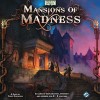
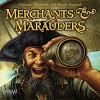





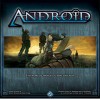


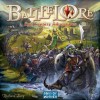






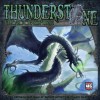
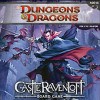
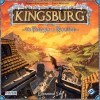
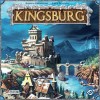
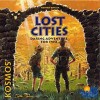

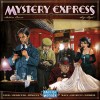
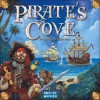







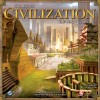


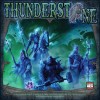
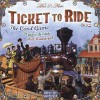




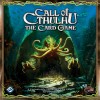

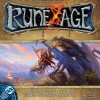
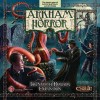






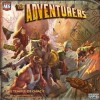


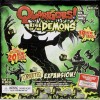



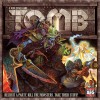
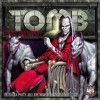



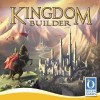

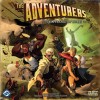
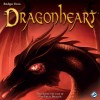






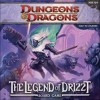

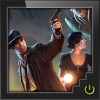
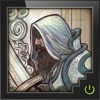
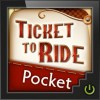

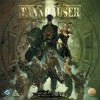



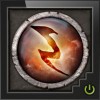
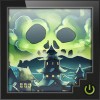
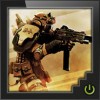
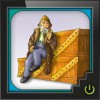

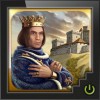





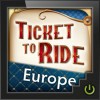
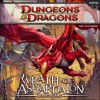




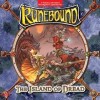
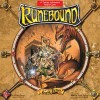
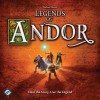


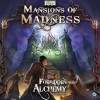

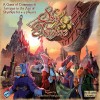
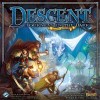


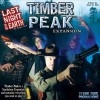
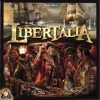

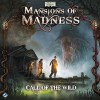




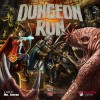
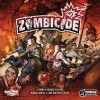

A Touch of Evil
A Touch of Evil is a great game with an unfortunate name, as some will miss this gem of colonial gothic action investigation as your hero rescues the town of Shadowbrook from a menace. The game is highly thematic, even to the degree that if players opt not to read the flavor text on the cards the experience will be diminished. The game is more strategic than tactical as resolving conflicts usually involve rolling dice and counting 5s and 6s, and players spend most of their time moving around the board and having encounters in hopes of gaining clues, allies, or equipment to aid them in ridding the town of the Touch of Evil that is plaguing it.
During setup a villain will be chosen. Each villain has its own set of minions and special abilities which alter some aspect of the game. Each villain has a basic and advanced version of its stats allowing the players to decide how hard of a game they want to have. Additionally the players can decide to play with the co-op rules, the team rules, or the competitive rules. Players also get to choose which hero they are, each hero having different stats and different special abilities. During setup the players will shuffle a deck of secrets and the deck of Town Elders. Each Town Elder is dealt a secret, which is kept secret from the players until they spend their hard won clues to discover an Elder’s secret. The secrets range from being helpful in fighting the villain, harmful in the fight, to actually being in league with the villain.
Each round all of the players will get a turn, after which a mystery phase occurs in which the villain heals, KO’s heroes revive, a card from the Mystery deck is drawn and is resolved, usually to the detriment of the players, and the first player marker moves. Each turn a player will roll a die to see how many spaces he can move on the board. Should a player move into a space with one of the villain’s minions in it he will stop and fight. Finally players will take actions, in any order they wish, and as many as desired. Actions include encountering the current space, which usually means drawing a card from one of several decks, healing, pay to look at an Elder’s secret, uncover where the villain’s lair is, and start a showdown with the villain.
Individual turns resolve quickly, resulting in a game with little down time once players are familiar with the rules. Considering each player and each villain adjusts the rules, and that many of the cards in the game will impact how players will decide to play, the first few plays will take time; however, once slight learning curve is mastered the game flows smoothly. Thematically it feels as if players are in the world of Washington Irving’s Sleepy Hollow; indeed the game even has a headless “Spectral Horseman.” Players are essentially building up an arsenal to take down the villain and become the hero of Shadowbrook. The game is not a high strategy game, rather it is a game that will allow you and your fellow players to tell the story of how the town of Shadowbrook was rescued from A Touch of Evil.